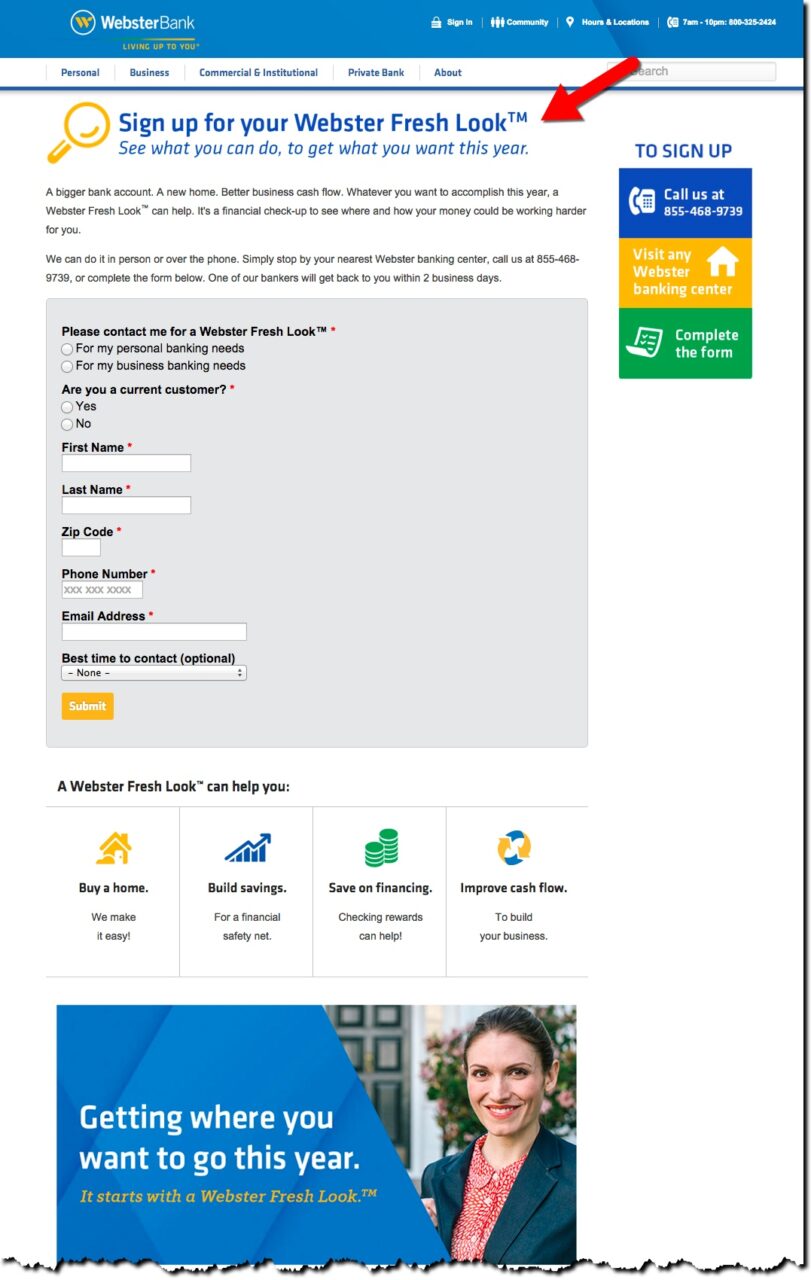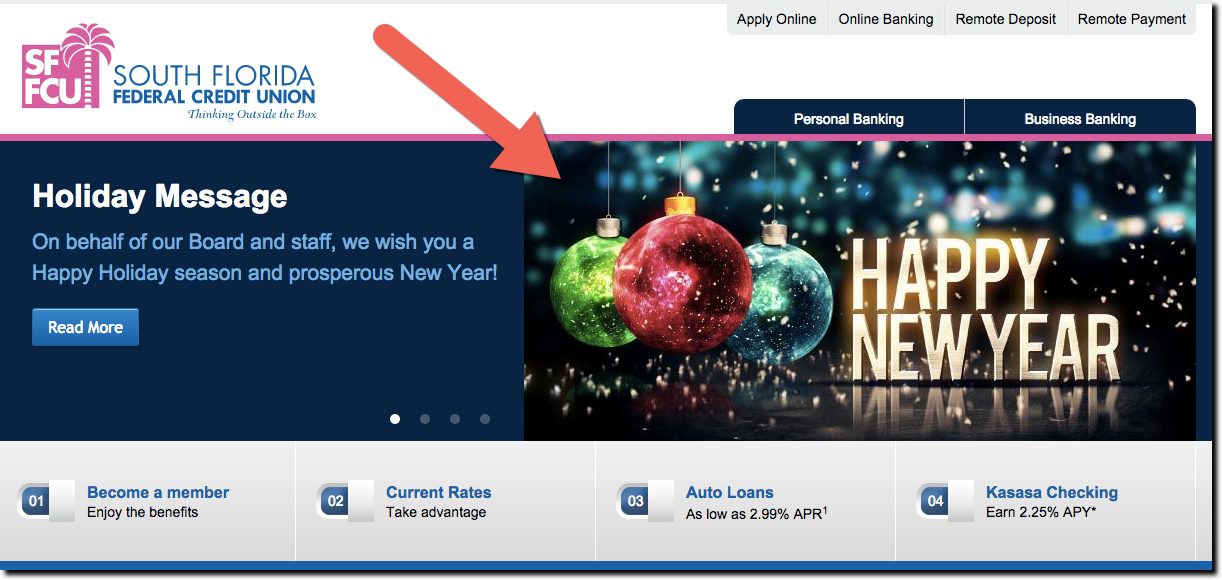 The end of the year provides a unique challenge to banks. Customers are busy buying gifts, finishing year-end projects at work, and preparing for holiday travel, meal prep and/or extended family time. There isn’t an abundance of deep thought about long-term financial plans, other than how to pay down inflated December credit card bills.
The end of the year provides a unique challenge to banks. Customers are busy buying gifts, finishing year-end projects at work, and preparing for holiday travel, meal prep and/or extended family time. There isn’t an abundance of deep thought about long-term financial plans, other than how to pay down inflated December credit card bills.
For banks, it’s a good time to run a few simple messages:
- Thank customers for a great year
- Wish them happy holidays and/or a wonderful new year
- Help customers deal with holiday overspending and planning for the new year
- Provide last-minute gift assistance via prepaid MasterCard/Visa cards
- Detail holiday branch hours and service options (extra credit for an online/mobile banking plug)
This is not a tall order, yet only 9 of the 20 largest banks managed to do even 1 of the above 5 during the week leading up to Christmas. While that may not seem like a great performance, it was more than double the measly four last year. And it’s back in line with historical norms of 9 banks 2013; 8 in 2012; and 10 in 2011. It looks like 2014 was an anomaly.
Congrats to PNC Bank, which once again, proved it was the holiday champ thanks to its long-running 12 Days of Christmas Index, earning a full 5 bulbs on our 1-to-5 light bulb scale. Runner-up Key Bank moved up to an impressive 4-bulb performance with four holiday promos. And we had three 3-bulbers (Fifth Third, BMO Harris, Union Bank) who posted impressive holiday graphics.
The scrooge list: Top-20 banks with no holiday promotions or graphics on 23 Dec 2015:
Bank of America; Bank of the West (BNP Paribas); BB&T; Capital One & Capital One 360 (formerly ING Direct); Chase (note 2); Citizens (RBS); HSBC; SunTrust; US Bank; Wells Fargo; Zions Bank.
Following is a quick overview of the promotions, including a 1- to 5-bulb rating.
Previous year-end holiday posts: 2014, 2013, 2012, 2011 (big banks), 2011(CUs/community banks), 2009 part 1, 2009 part 2, 2007, 2006, 2006, 2004.
_____________________________________________________________________
Large U.S. banks show holiday spirit
PNC Bank
Score: 




Homepage (23 Dec 2015):
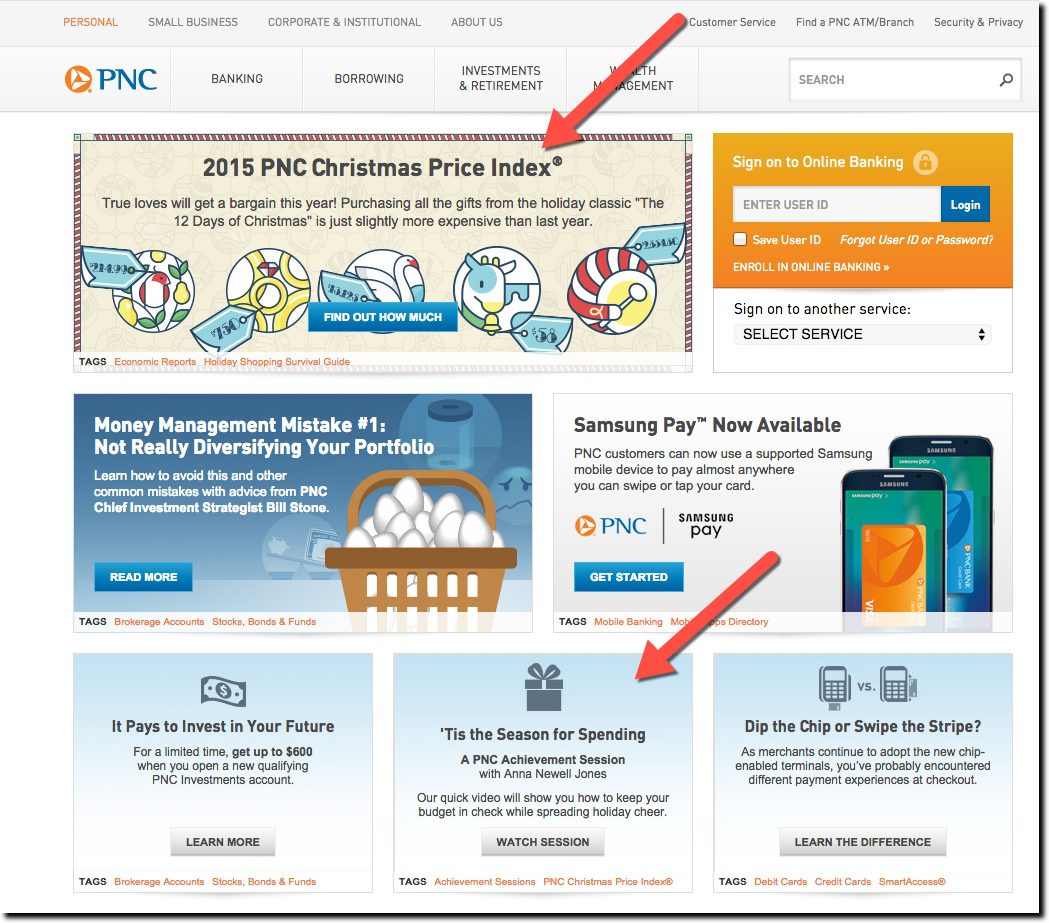
PNC Christmas Price Index page:
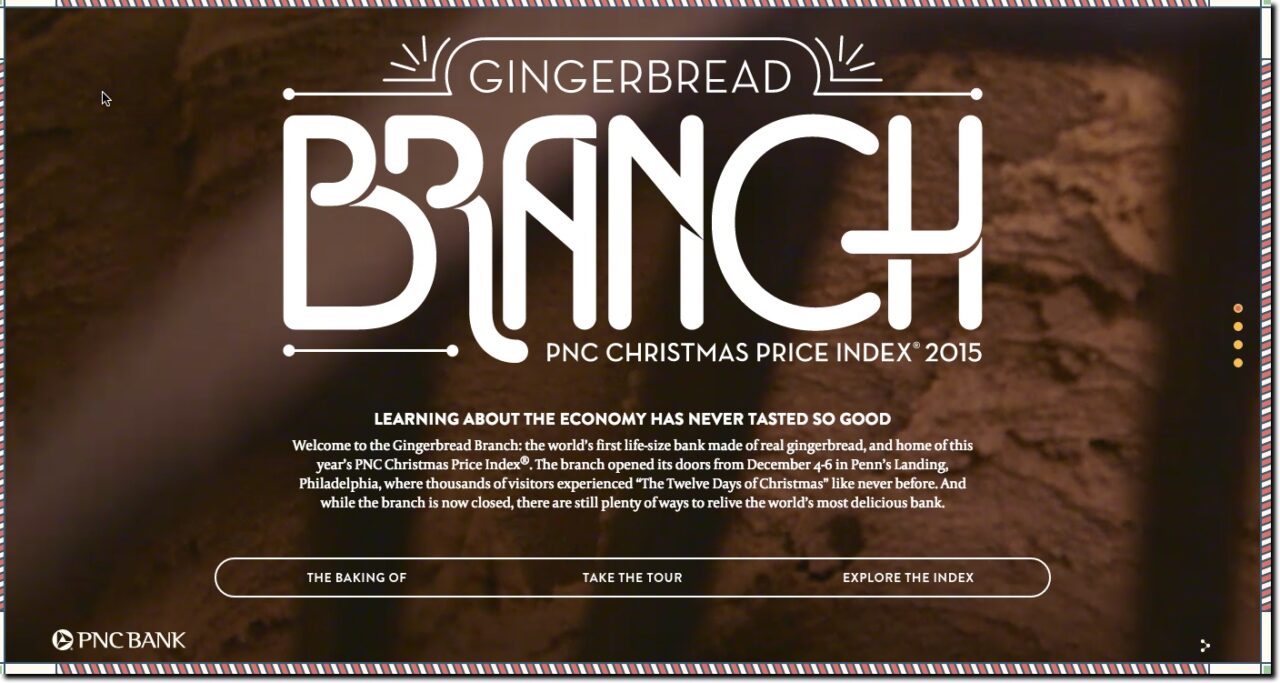
———–
Key Bank
- Checking account promo with holiday imagery (1 of 3 rotating promos)
- Security tips related to holiday spending (2 of 3 rotating promos)
- Rewards promo with holiday image (lower left on homepage)
- Credit card promo with holiday copy (lower right on homepage)
Score: 



Homepage promo #1 (23 Dec 2015):
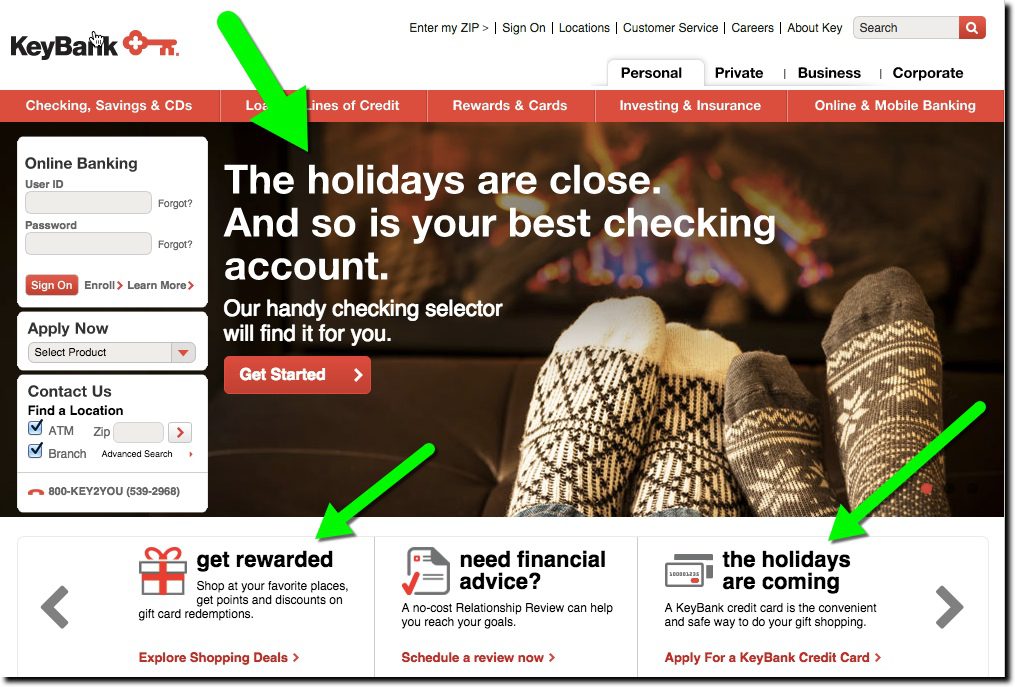
Homepage promo #2:

———-
Fifth Third Bank
Score: 


Homepage (23 Dec 2015):
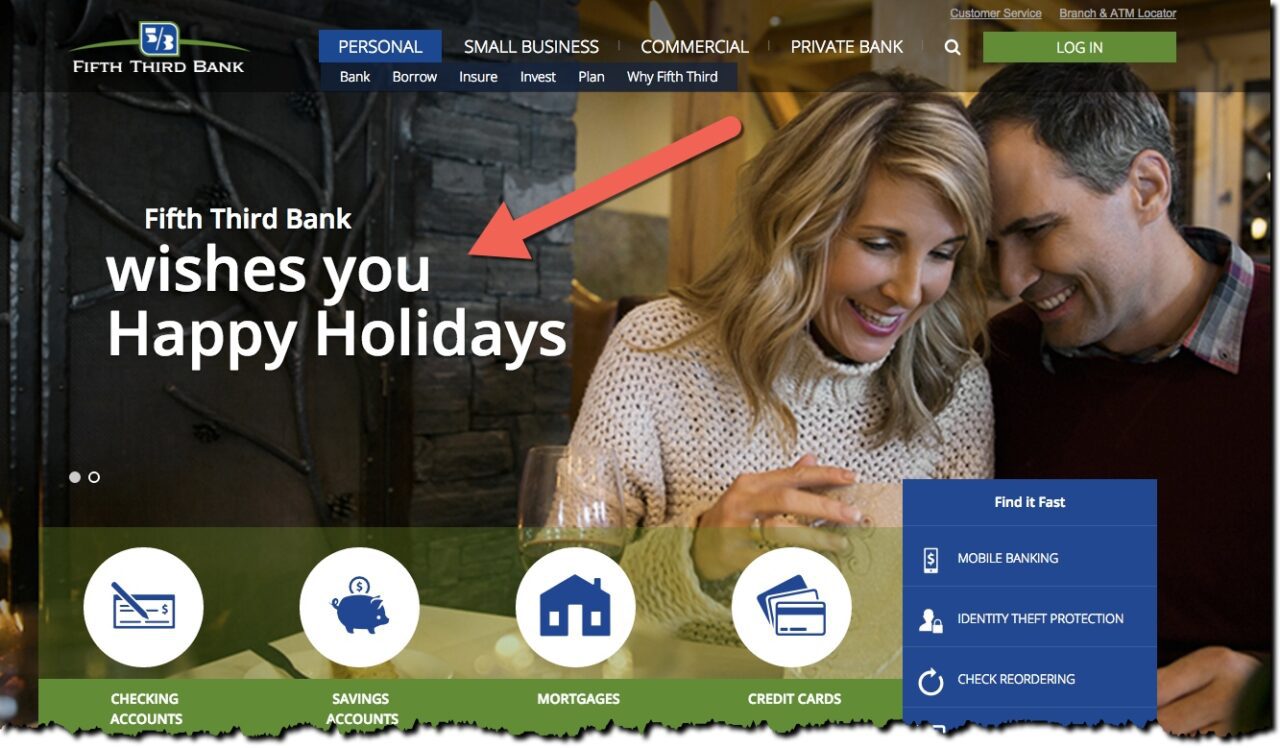
———-
BMO Harris
- Community service announcing a Milwaukee holiday display (#2 of 3 rotating promos)
- Security message related to holidays and its new chip card (#3 of 3 rotating promos)
Score: 


Homepage promo #1 (23 Dec 2015):
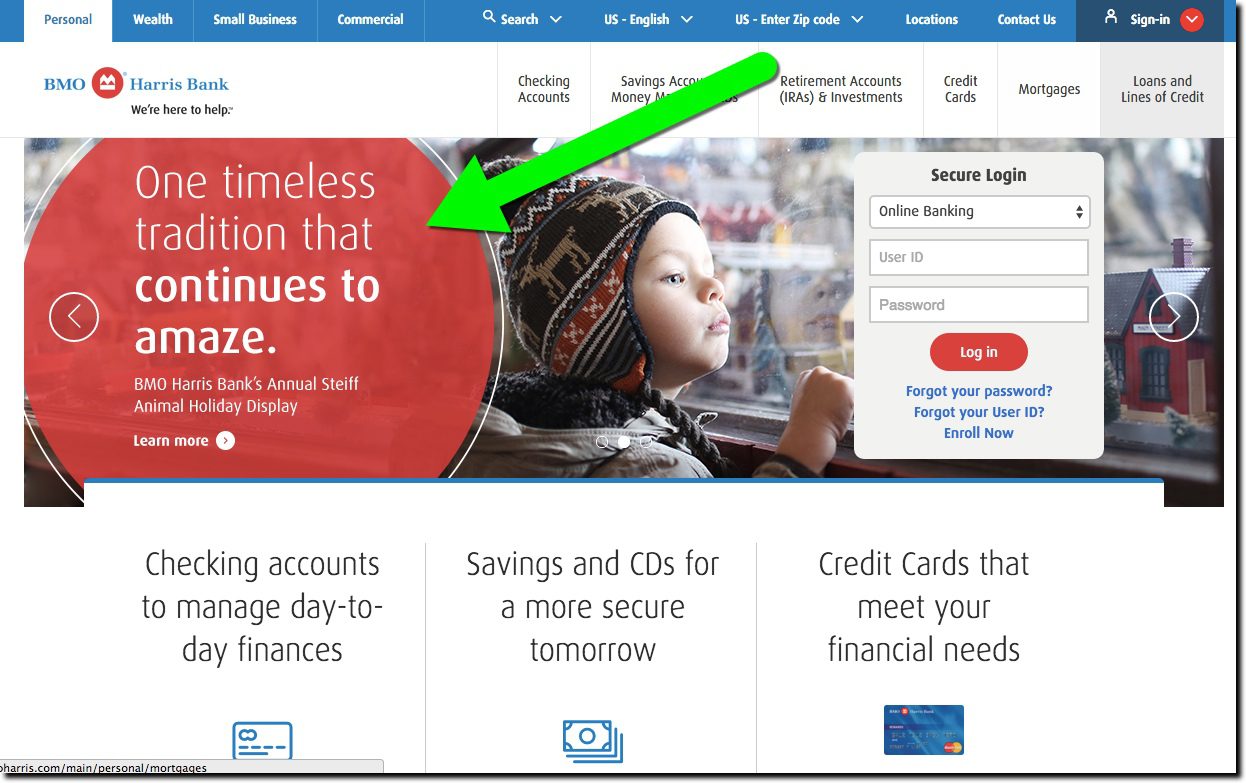
Homepage promo #2:
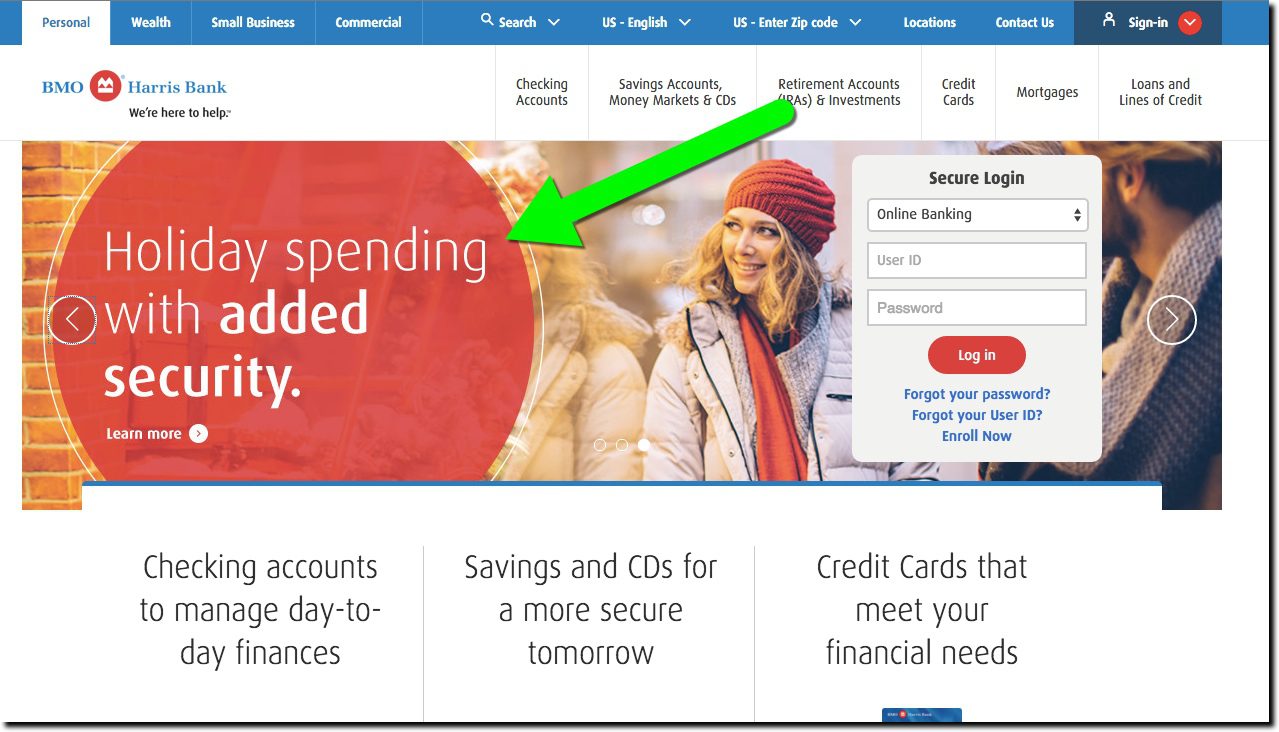
———
Union Bank
- Rose Bowl parade float (#1 of 4 promos)
- Billpay offer with charity tie-in (#2 of 4 promos)
Score: 


Homepage promo #1 (23 Dec 2015):
Homepage promo #2: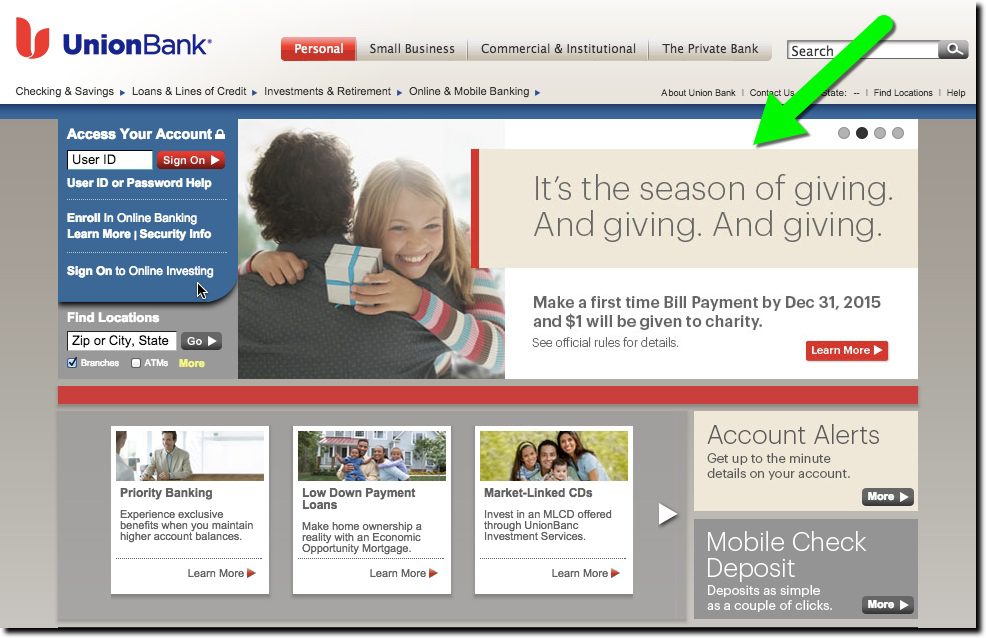
———–
Comerica
- Gift card promo integrated into main image (promo 2 of 3 rotating)
Score: 

 (2.5)
(2.5)
Homepage (23 Dec 2015):

———-
Regions Bank
- Loan discount with holiday copy (well below the fold)
Score: 

Homepage with loan offer (23 Dec 2015):
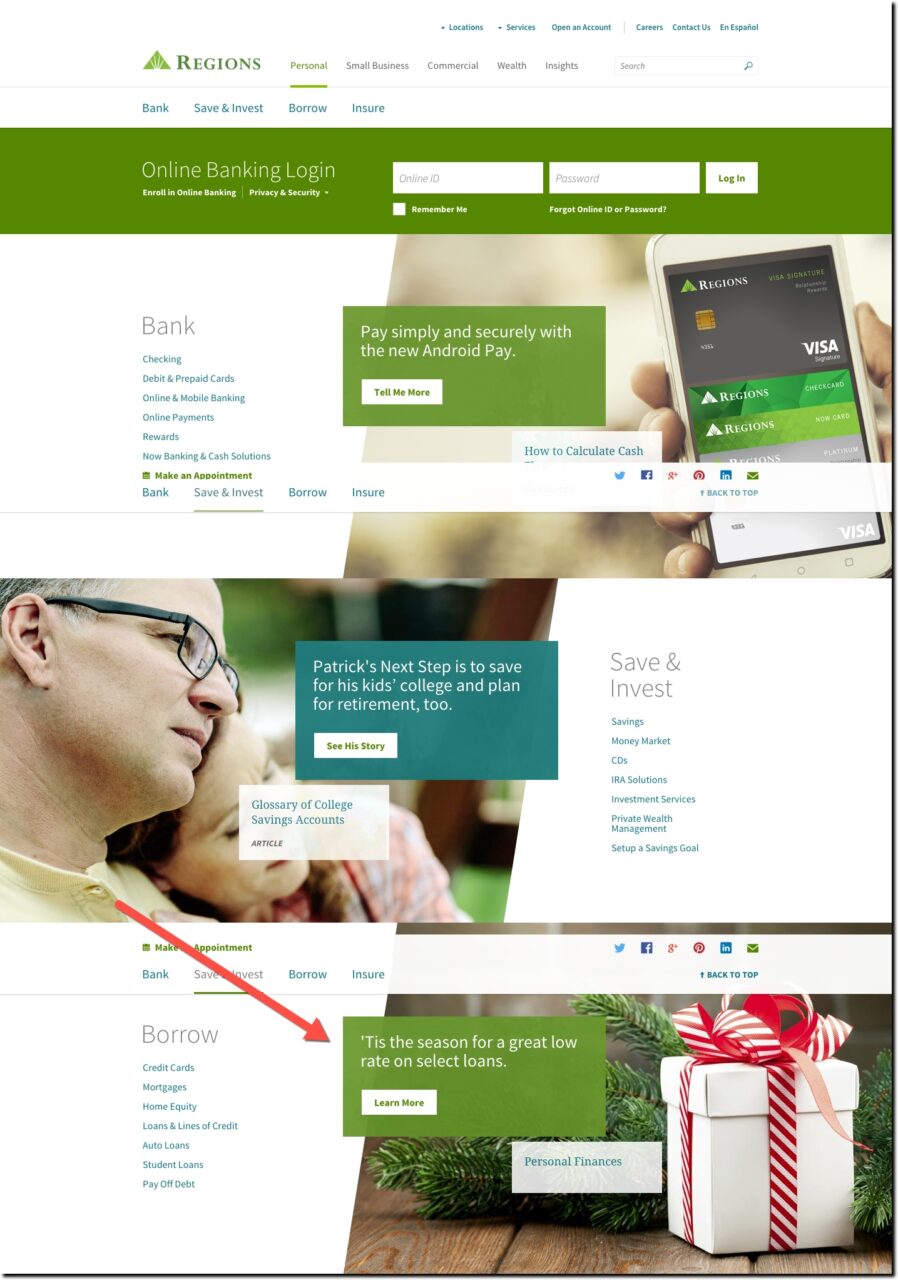
Landing page for loan offer:
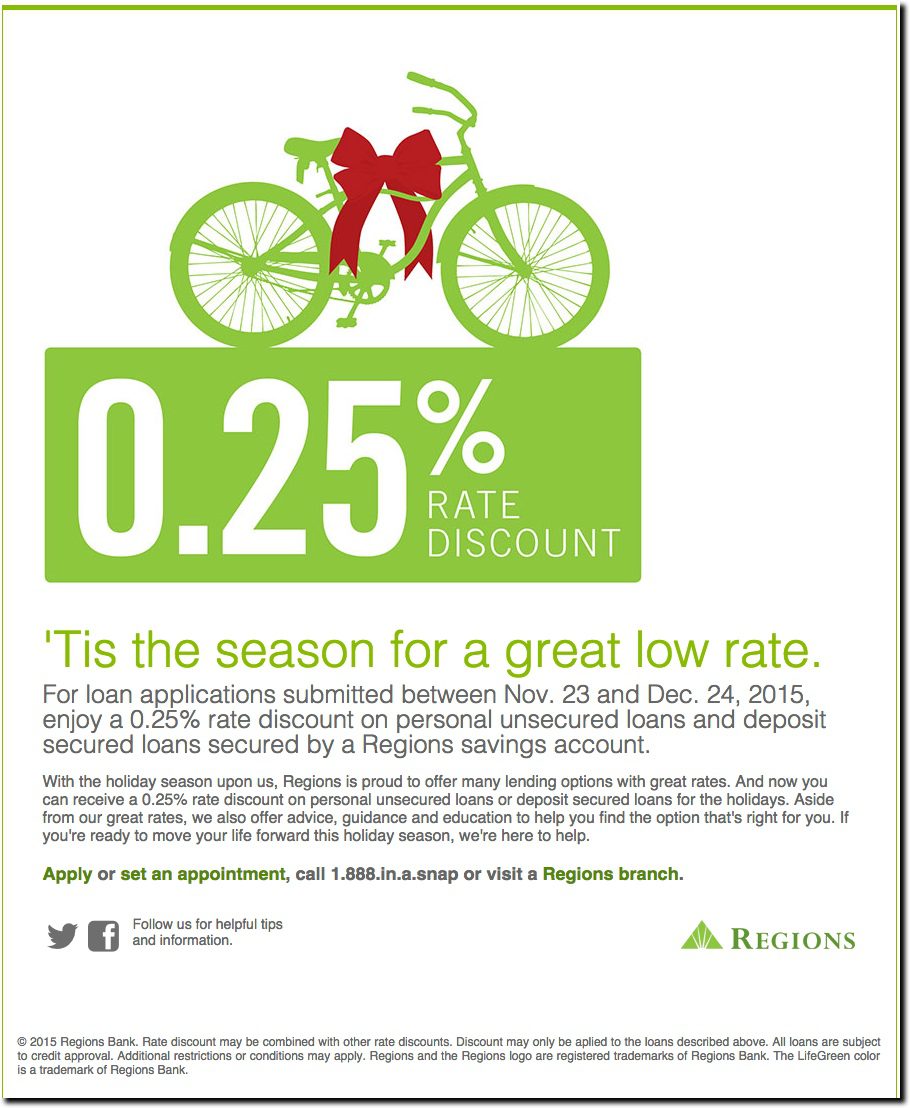
——–
TD Bank
- Checking account promo with holiday imagery and Samsung giveaway (main promo)
Score: 

Homepage with checking promo (23 Dec 2015):
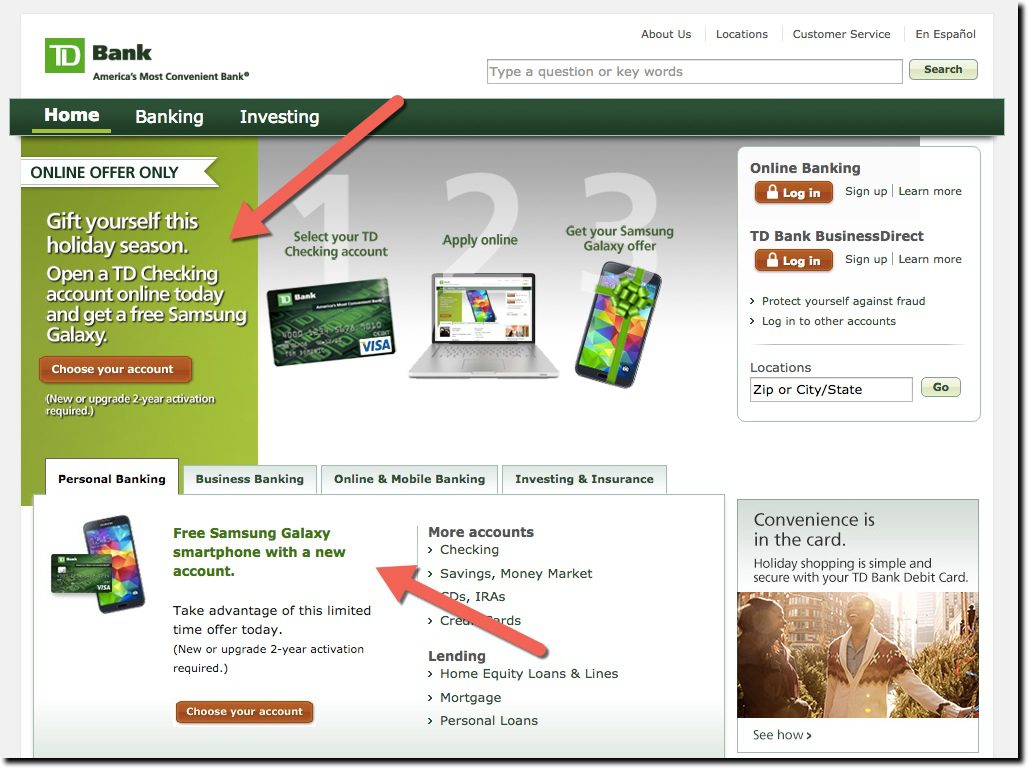
———-
Citibank
- Year-end home-equity promo with winter imagery
Score: 
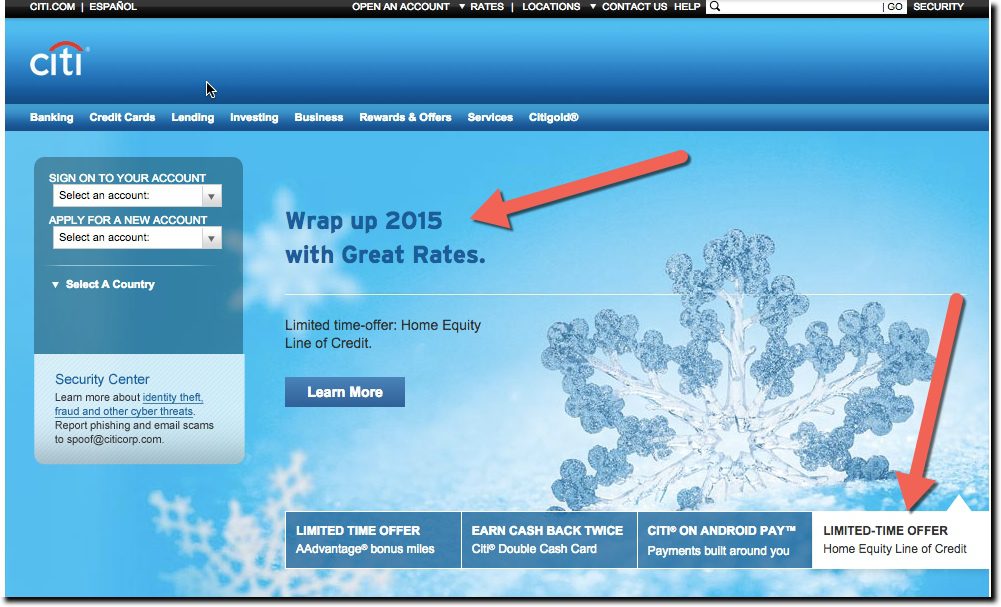
————————-
Notes:
1. Observations taken between 7:00 a.m. and 8:00 a.m. Eastern Time on Wed, 23 Dec 2015, from a Florida IP address, running Mac Chrome browser with cookies cleared.
2. Chase is running a series of newish articles/posts below the fold, one of which covered holiday budgeting. But it wasn’t prominent enough to move them off the scrooge list.
3. Animation from
http://www.millan.net/anims/christmas.html#
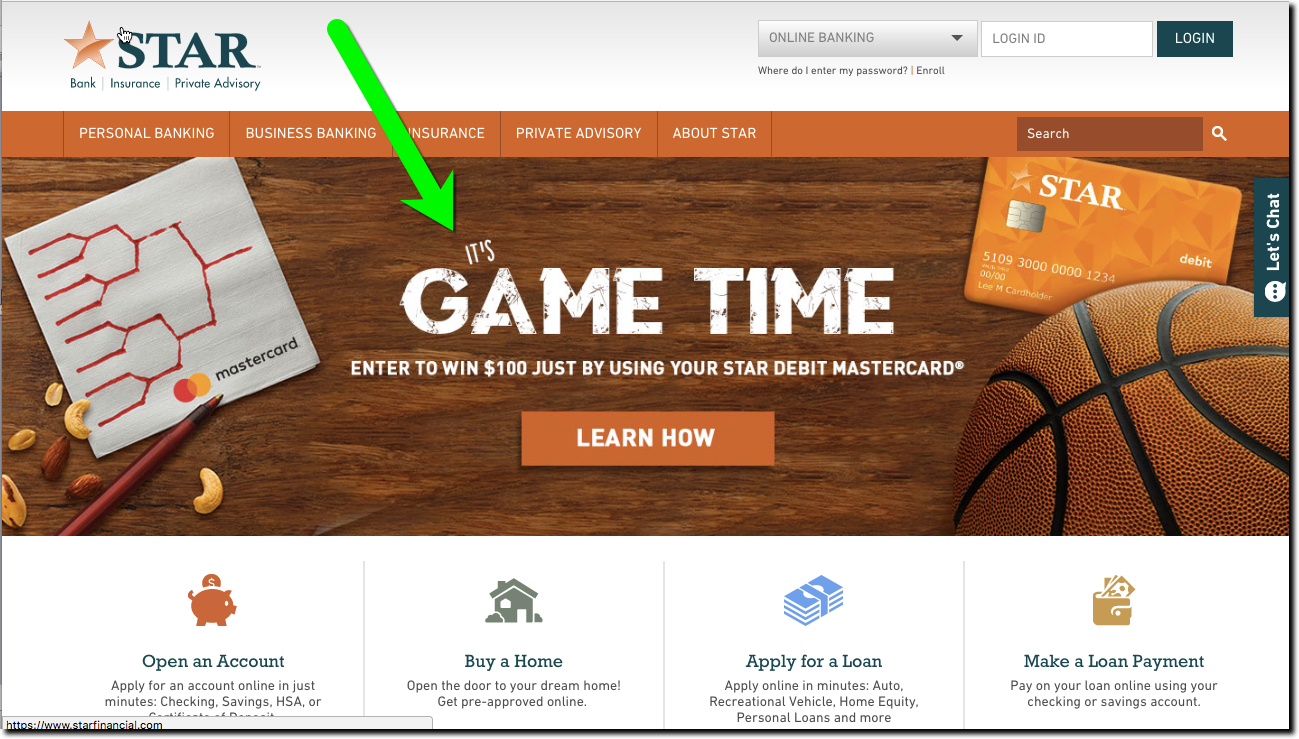
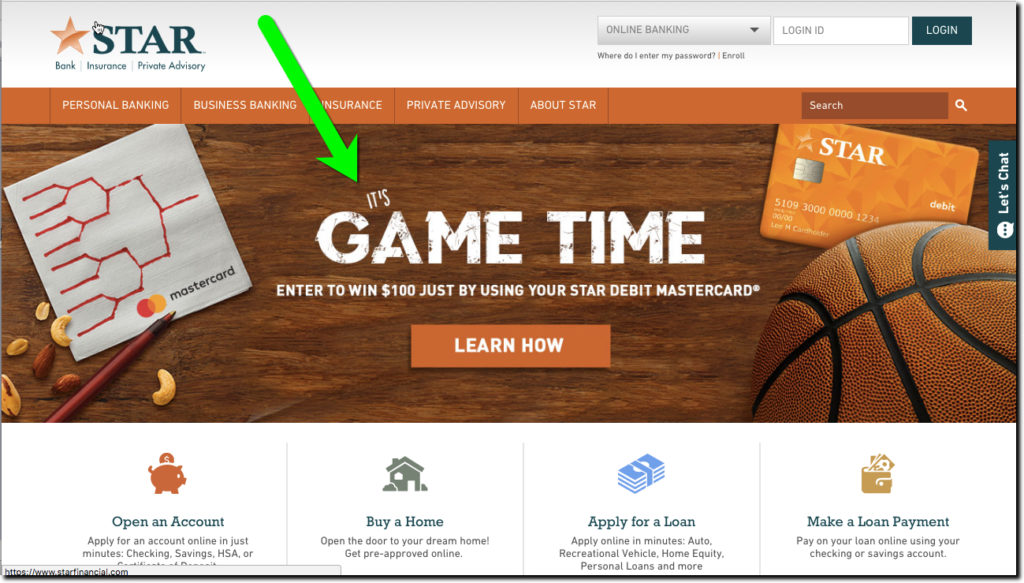
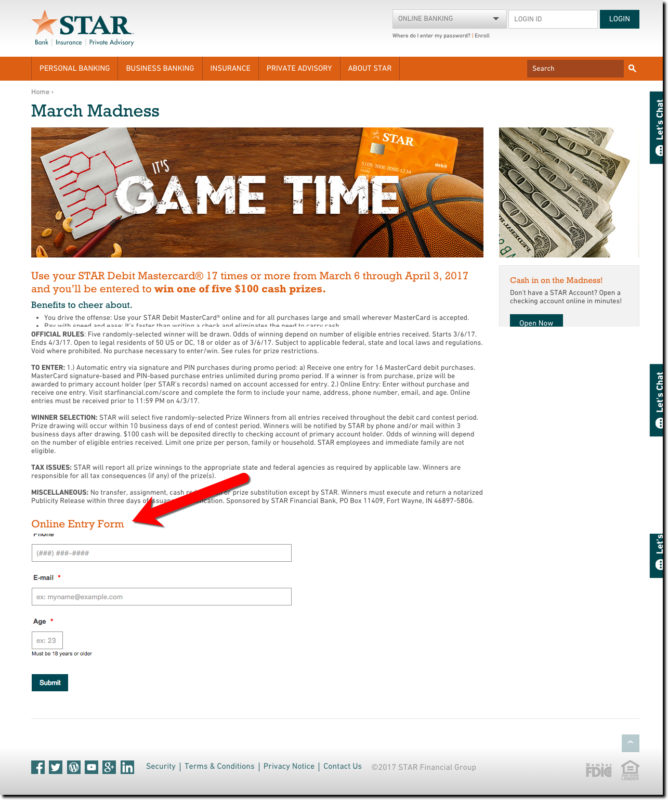
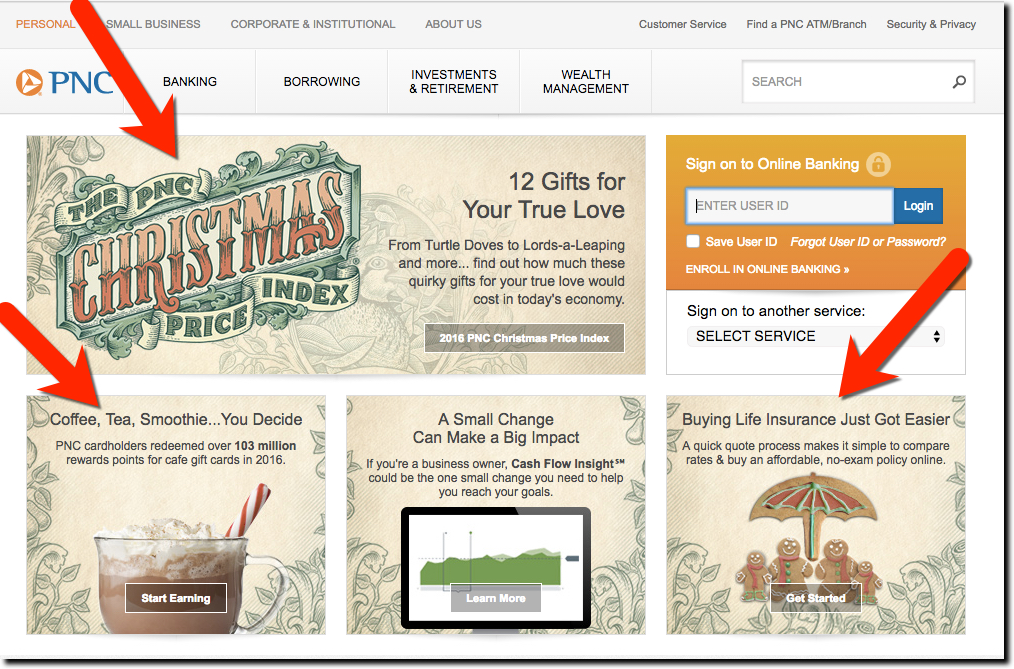
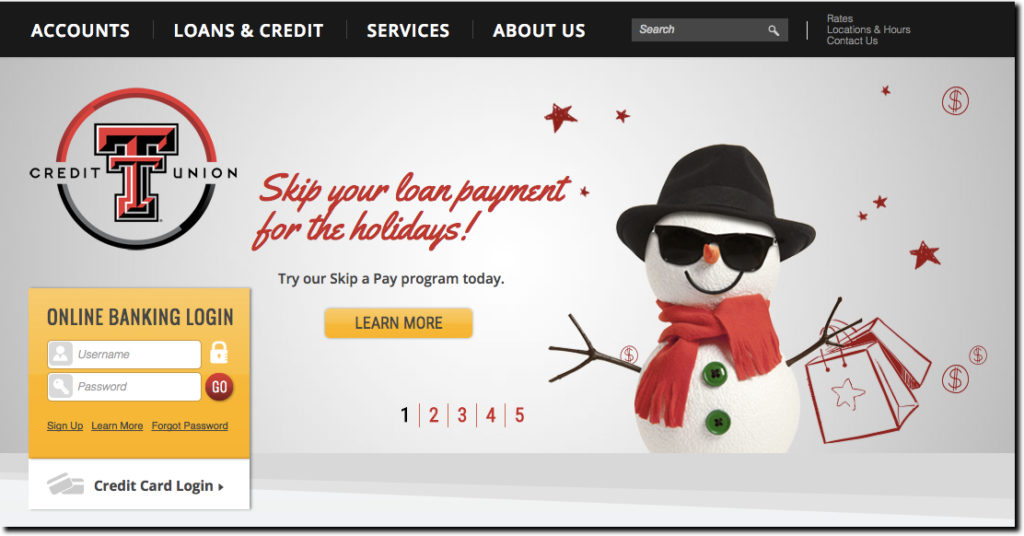
 Happy holidays everyone! The holiday spirit is everywhere, except it seems, at the big U.S. banks. I get that budgets are busted, employees on vacation, and you don’t want to offend anyone by mentioning (or NOT mentioning) Christmas. Still, how hard would it be to throw a couple non-denominational snowflakes on top of your logo and wish everyone a happy holiday? Or better yet, how about a little bonus, like the holiday skip-payment offer similar to that featured on
Happy holidays everyone! The holiday spirit is everywhere, except it seems, at the big U.S. banks. I get that budgets are busted, employees on vacation, and you don’t want to offend anyone by mentioning (or NOT mentioning) Christmas. Still, how hard would it be to throw a couple non-denominational snowflakes on top of your logo and wish everyone a happy holiday? Or better yet, how about a little bonus, like the holiday skip-payment offer similar to that featured on 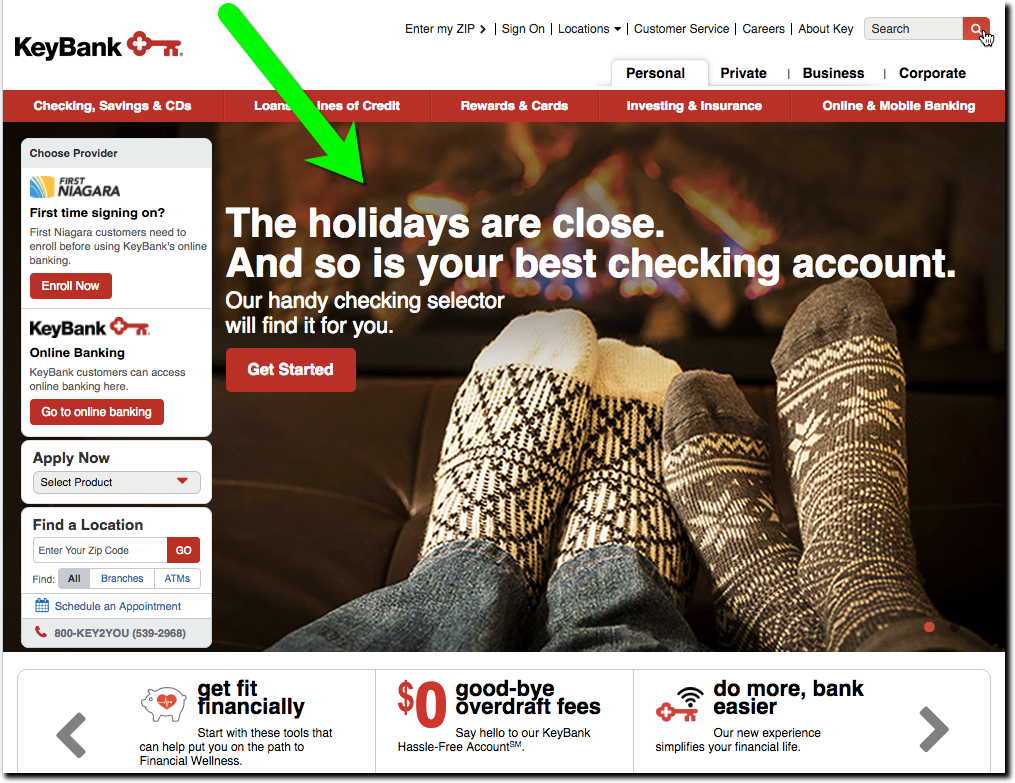
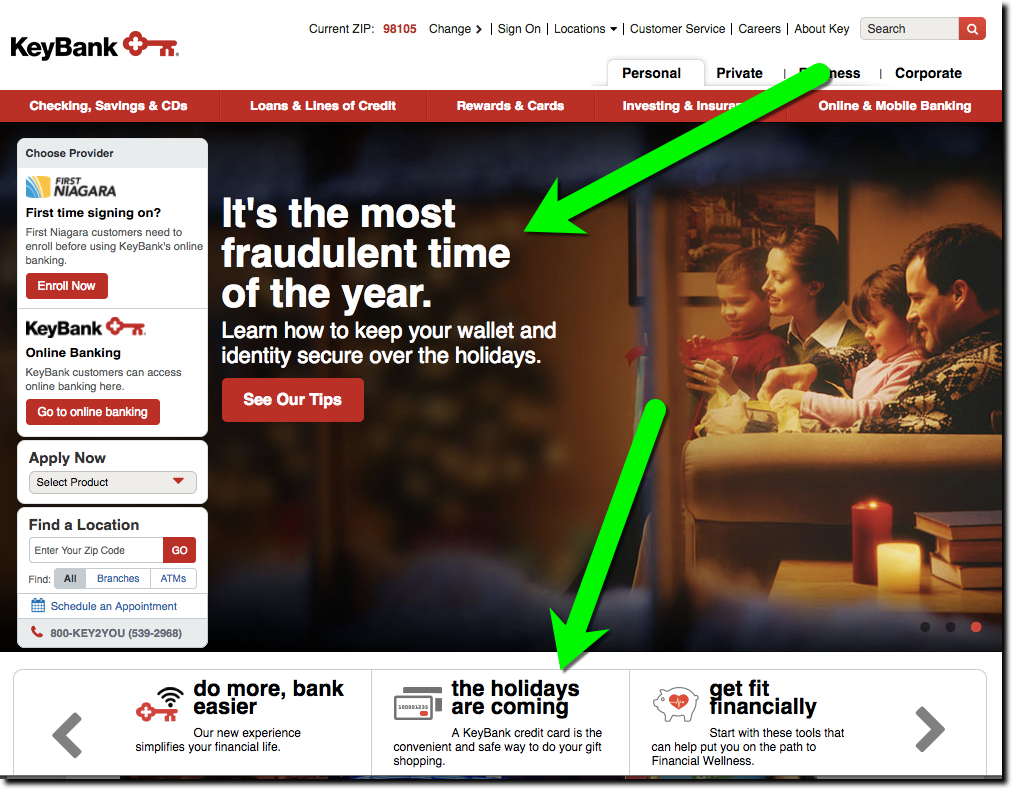
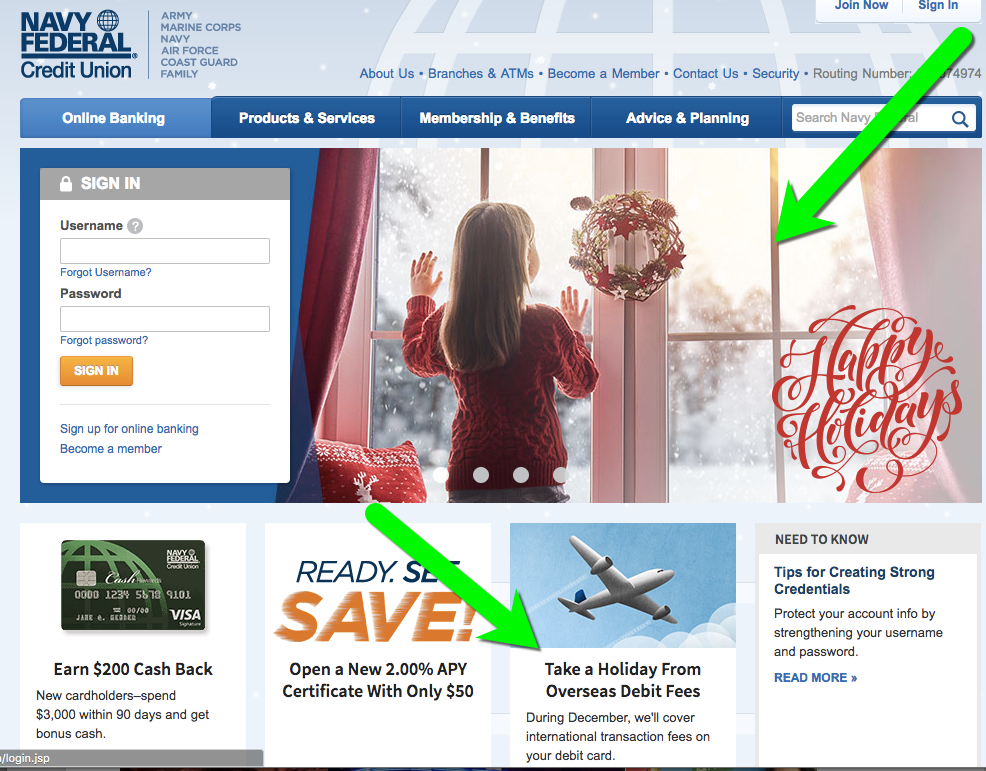
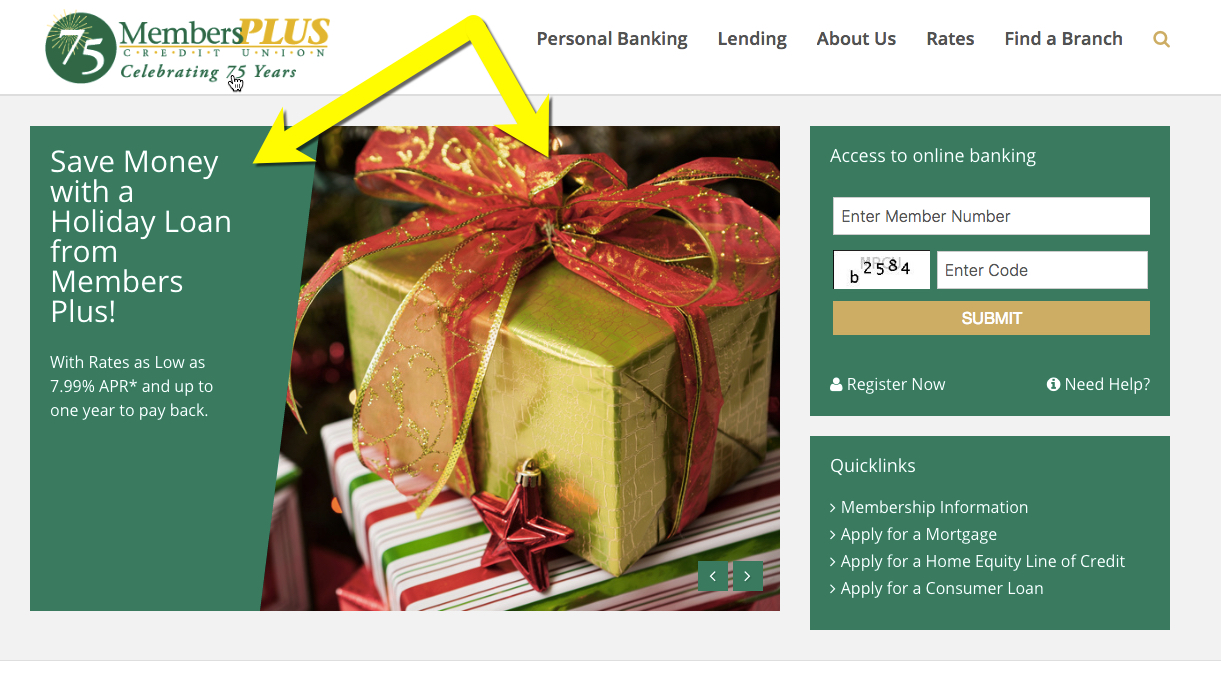
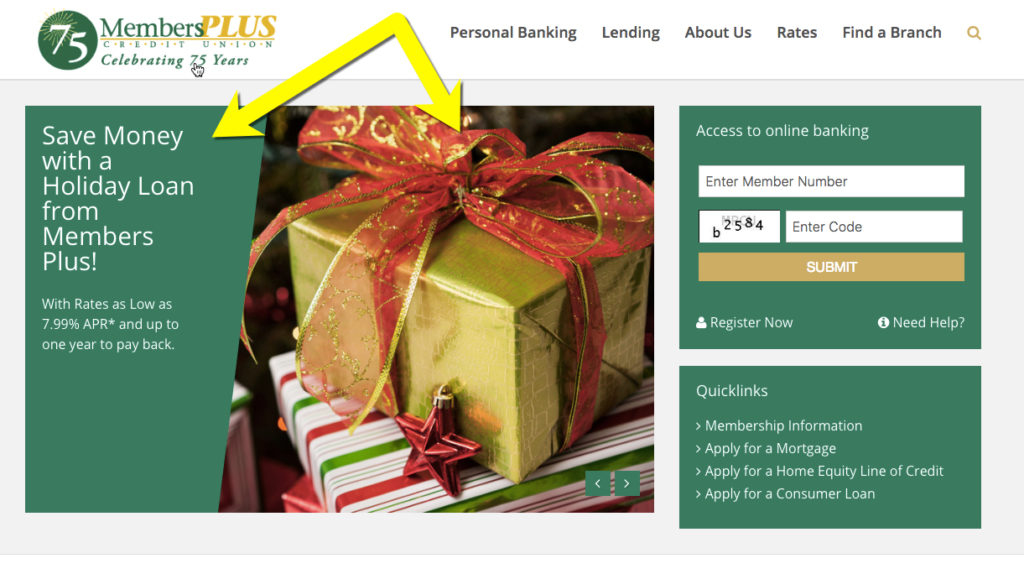
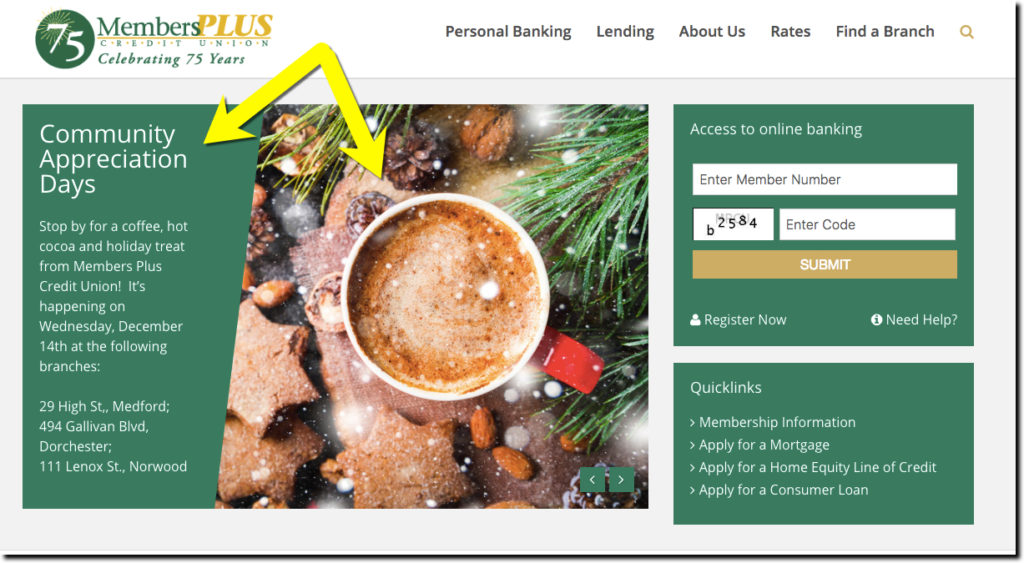
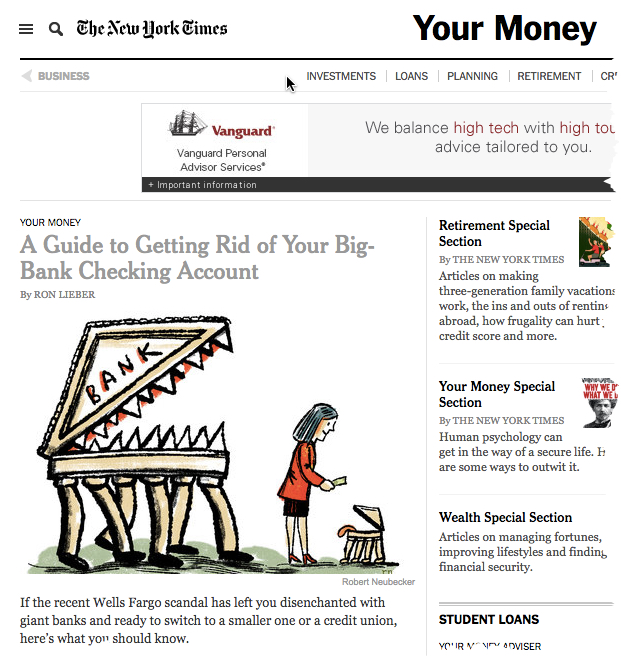
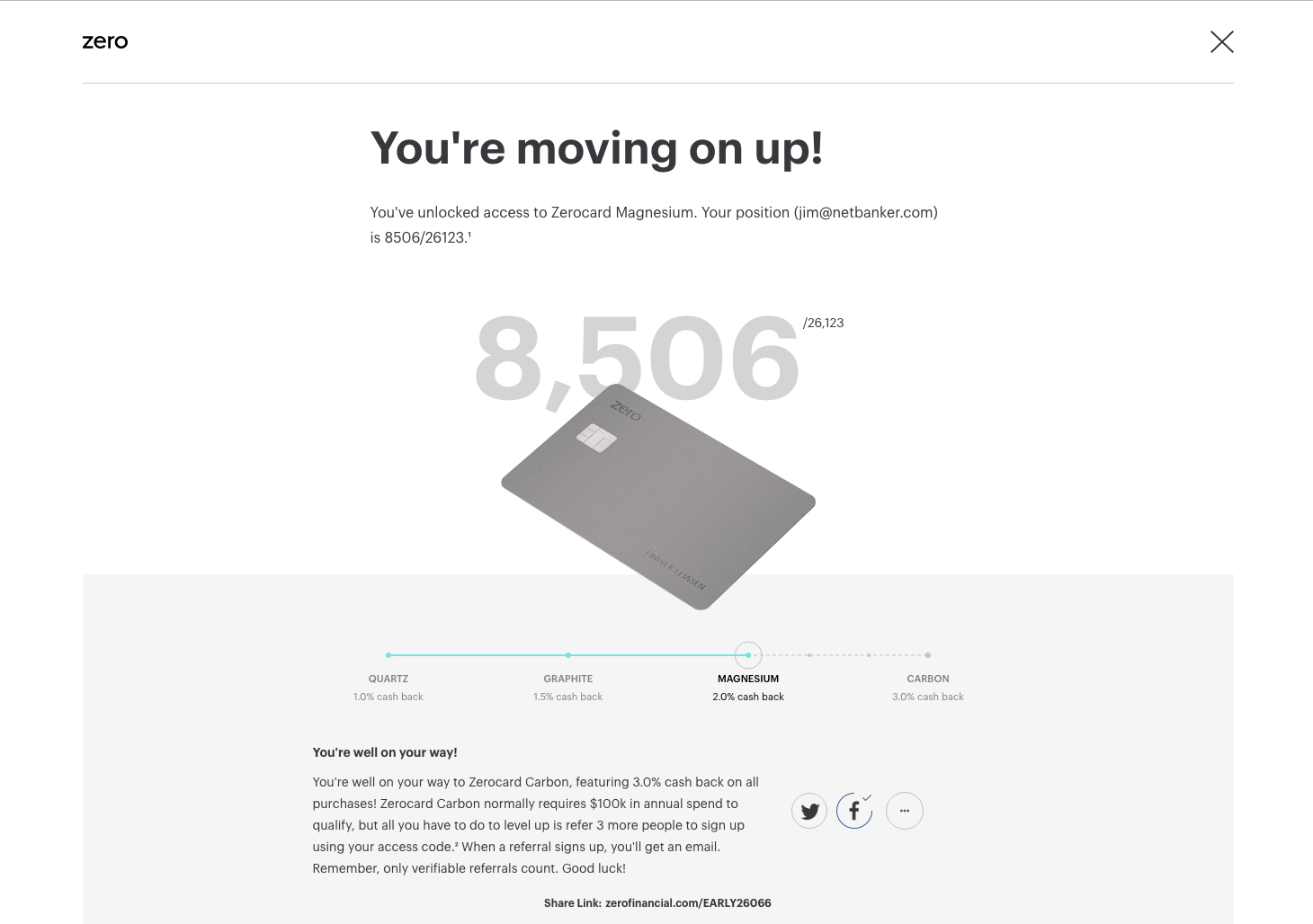

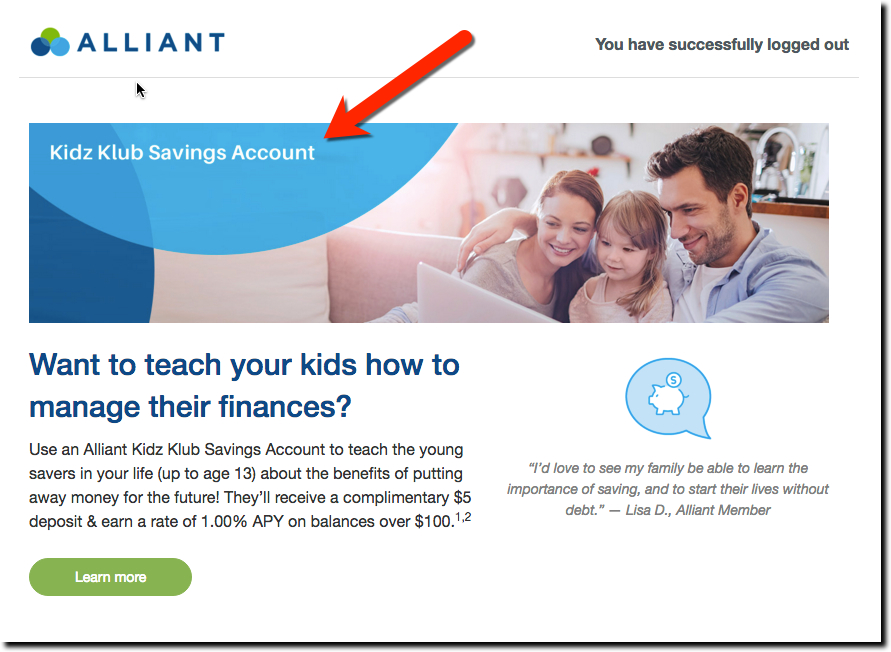
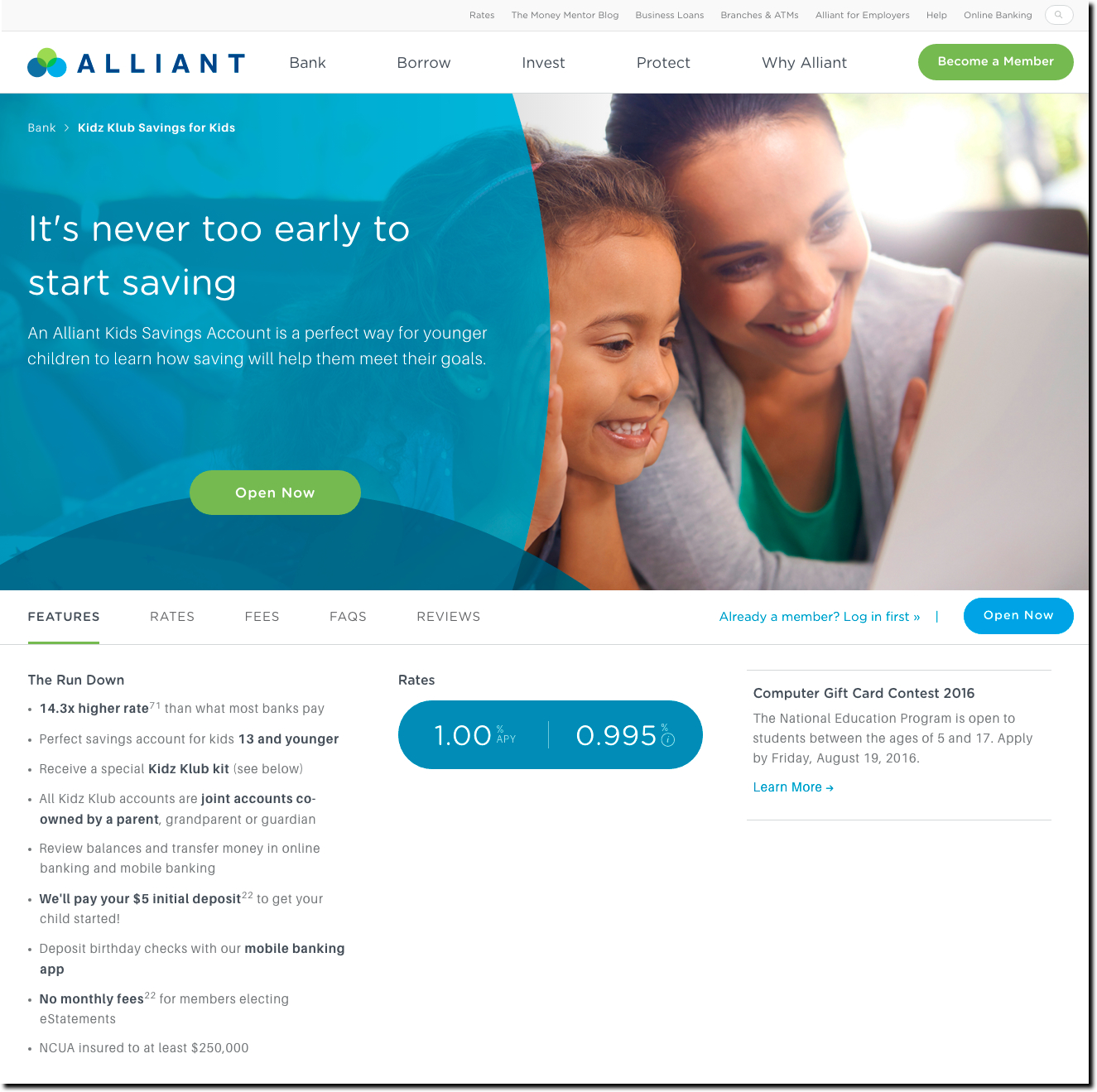
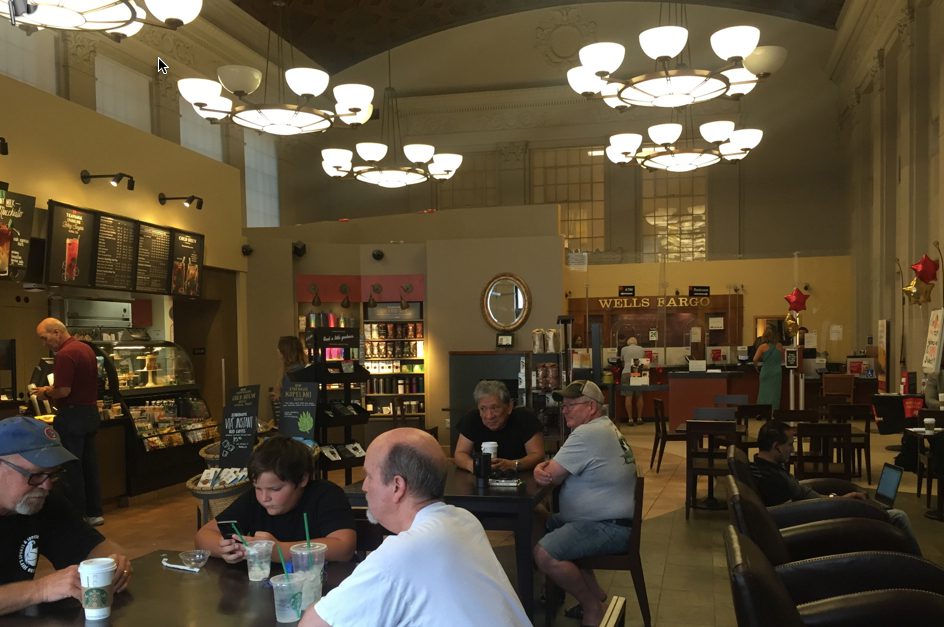

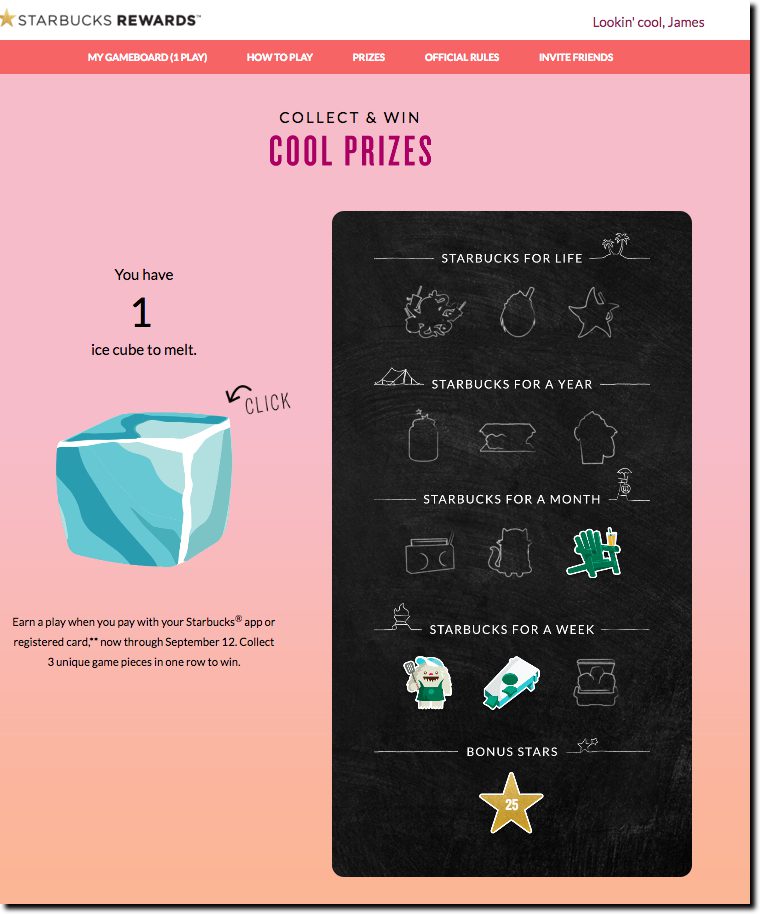
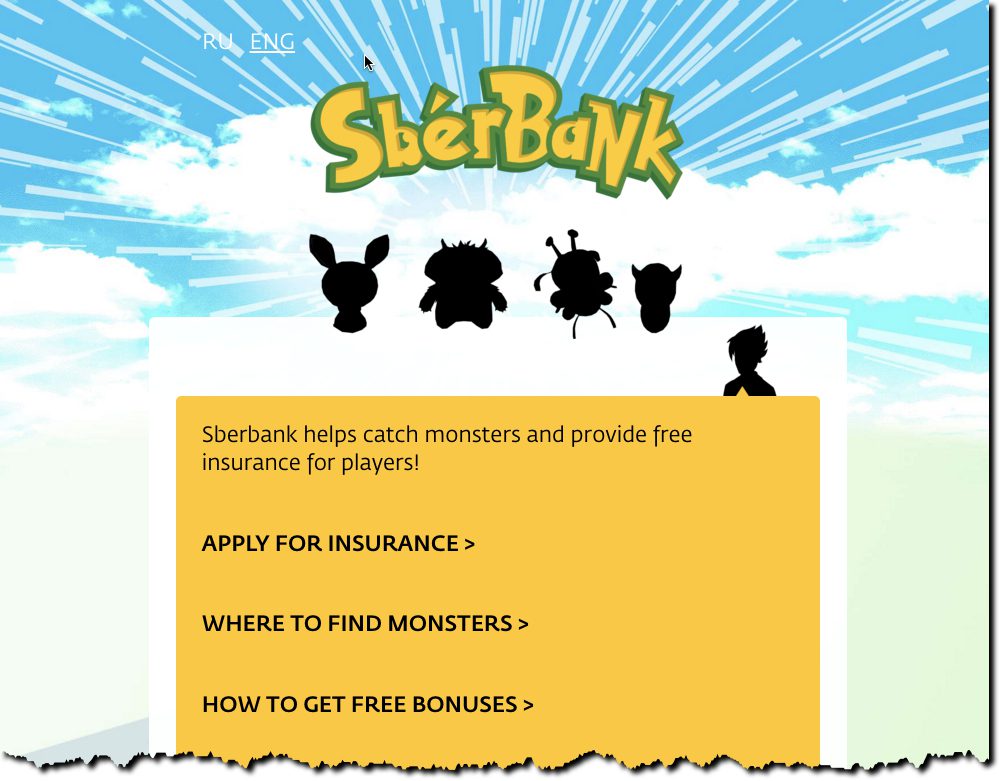


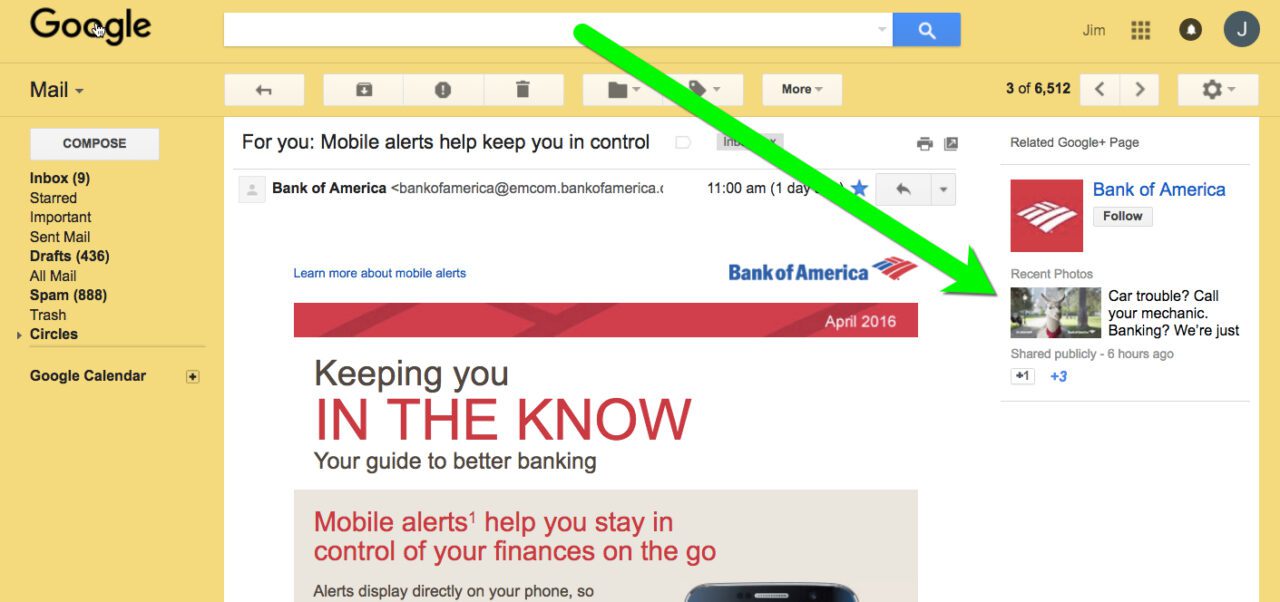
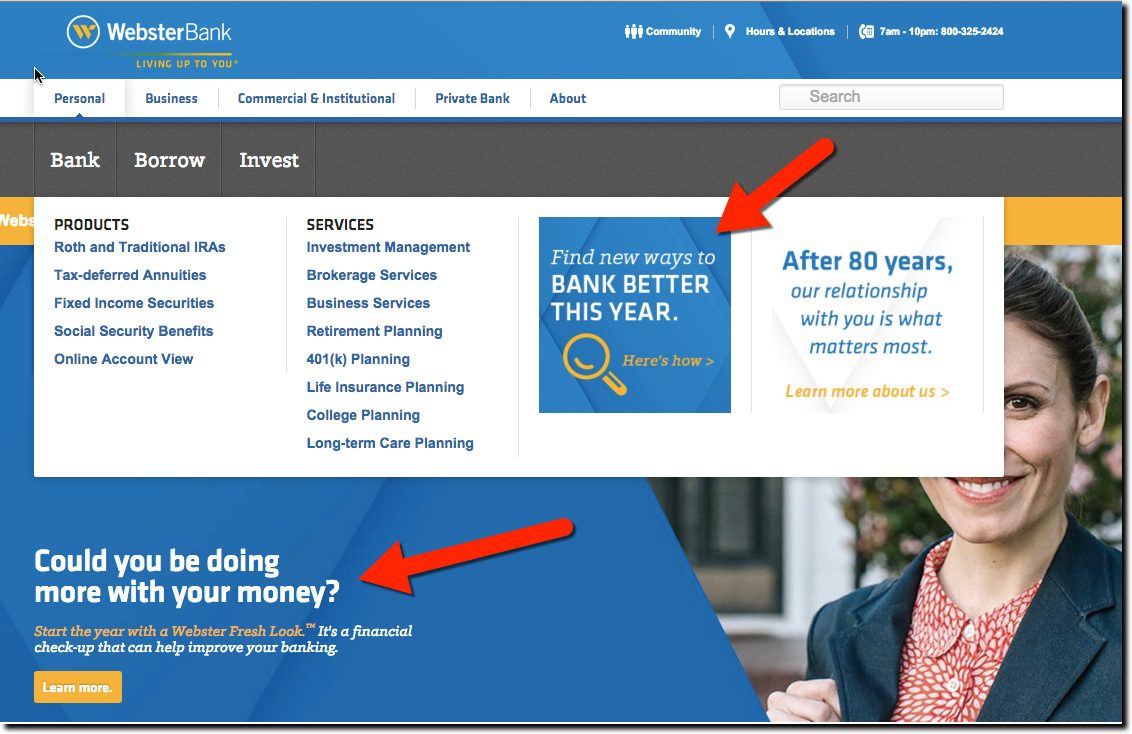
 While I have
While I have 